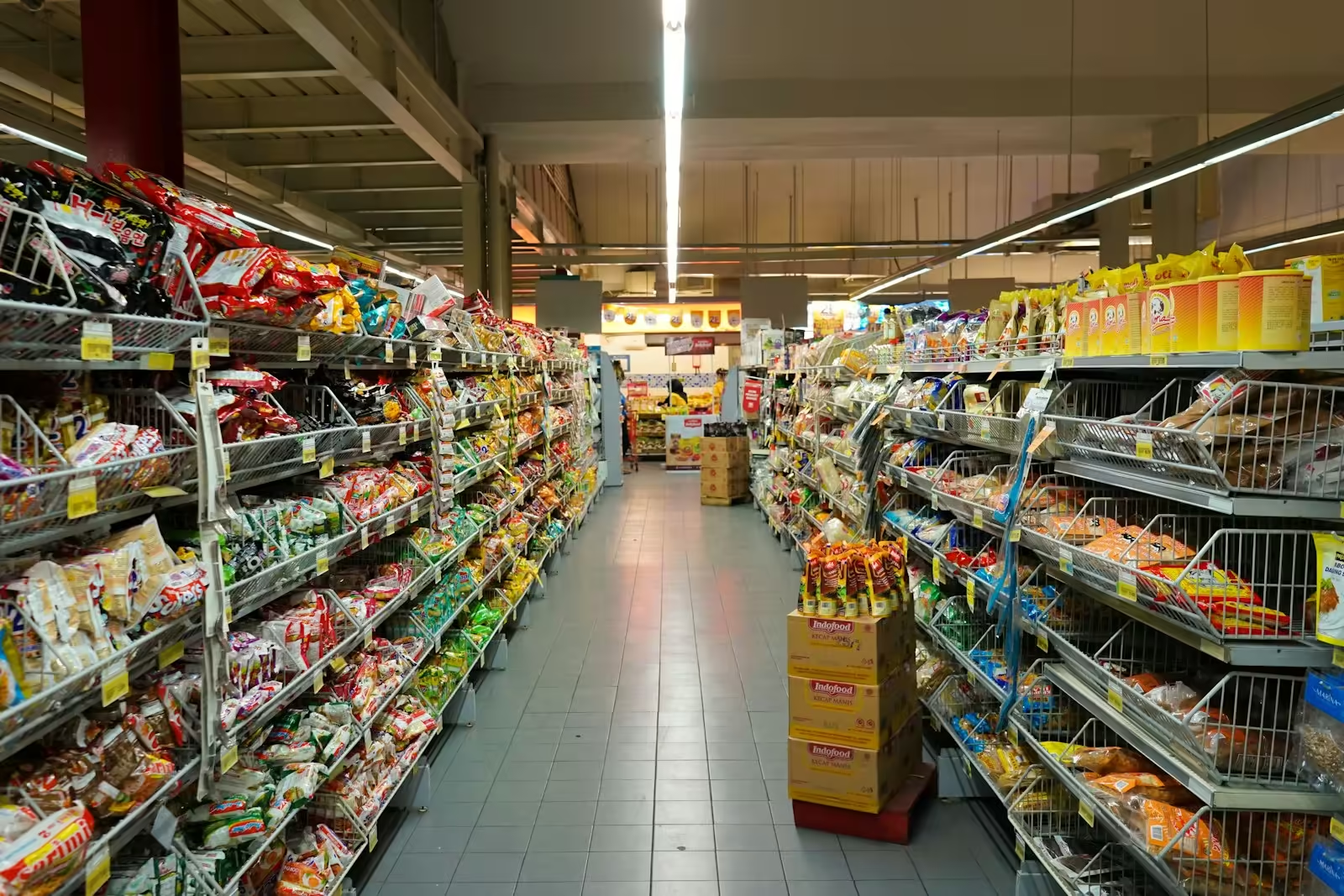
Table of Contents
One in four Americans have no money saved for retirement. According to consumer finance specialist Austin Kilgore of the Achieve Center for Consumer Insights, a digital think tank on personal finance, one area where we can close the financial gap is in our supermarket cart. For many retirees, food costs average $6,490, or 12.4% of annual expenses.Kilgore recommended six items retirees.
6 Items should never put in their grocery carts to save and spend smartly.
Food You Already Have
Before going to the grocery store, decide what you need, what you have, and what you don’t need. Your freezer, refrigerator, pantry and drawers should all be cleaned and organized.
Anything that has gone bad or that you won’t eat should be thrown away. Get rid of those grocery store finds that didn’t pan out after all your promises to eat the leftovers.
Sort remaining items into categories so you can see what you have and get rid of duplicates. You can then schedule your meals from there.
“Maybe that means buying a can of tomatoes or fresh vegetables to complete a meal instead of buying everything,” Kilgore said. “Those who go through this process sometimes choose to ‘eat,’ which refers to using up what’s in the house before buying more.”
Too Many “Extras”
After retirement, more than half of Americans expect to live on $1,000 or less, excluding housing, according to a new GOBankingRates survey.
Kilgore says that while many people claim to “keep a budget,” many people don’t actually have one, whether it’s on paper or in spreadsheet form.
Related: 10 Things Boomers Should Always Buy in Retirement
Sale Items You Won’t Use
Resist the temptation to deviate from your shopping list. Instead, organize your meals according to what’s offered in the weekly promotions for sales and any other fantastic finds. In stores, you can mark regions and view clearances. Discounts are also available for products like meat that have a few days left to expire.
According to Kilgore, many stores offer digital coupons. Asking questions at the customer service counter is worth it, even if they may be a little confused at first.
Overpriced Bulk Buys
Retired members are big fans of warehouse merchants like Sam’s Club and Costco. They stock non-perishable, individually packed, multi-pack goods, as well as small-quantity items.
“It’s also a smart idea to buy and split things up with family, friends or neighbors,” Kilgore said.
Kilgore also said mid-size packages often offer better value than larger sizes. Some stores display unit pricing on the shelf. But it’s just as easy and accurate to check yourself using your cell phone calculator.
Too Many Perishable Products
Buying in bulk only saves money when you buy items that you use regularly or that you’ll finish quickly, whether you’re at a neighborhood grocery store or a subscription warehouse.
According to Aaron Sarksena, CEO and founder of MDRN Capital, a retirement planning services company, seniors who shop in bulk tend to spend more on non-perishable items like fruits, vegetables and meat. Retirees spend more on food when they live alone or with a partner.
Circassena advises against buying produce, such as fruit, that has already been cut. It is usually more expensive. For example, buying a whole pineapple can cost about $2 to $3, but buying a pineapple cut into slices can cost $5 or more.
Furthermore, Circasena advises caution when buying branded products.You can find the same products off-brand while saving money.
Off-Season Produce
Visit farms, orchards and farmers markets to buy fresh food and other products. In some places, you can do this year-round. You may benefit from advertising there for a few months elsewhere.
“Try to organize meals around what produce is in season,” Kilgore said. “In most cases, you can save at least 15%.”
READ | Top 5 Grocery Store Rotisserie Chickens to Buy and Top 5 Not to Buy

